Amortization in accounting involves making regular payments or recording expenses over time to display the decrease in asset value, debt, or loan repayment. Furthermore, it is a valuable tool for budgeting, forecasting, and allocating future expenses. Methodologies for allocating amortization to each accounting period are generally the same as those for depreciation. Amortization provides a income summary clearer financial picture for stakeholders by gradually reducing the book value of intangible assets. This process helps in avoiding significant financial discrepancies that could arise from expensing the entire cost of an intangible asset in a single period.
- The amortization expense for each accounting period is determined by dividing the initial cost of the intangible asset by its estimated useful life.
- From the tax year 2022, R&D expenditures can no longer be expensed in the first year of service in the United States.
- Amortization and depreciation are similar concepts, but they are used in different contexts.
- However, for some, these loan amount payments happen over a long period, meaning it’s a very slow and drawn-out process.
- Differentiating between amortized Cost and fair value measurement methods is essential.
What are Plant Assets? – Financial Accounting
ARMs typically have lower initial interest rates than fixed-rate mortgages, but the interest rate can increase or decrease depending on market conditions. Interest-only loans are a type of loan where the borrower is only required to pay the interest charged on the loan for a certain period of time, typically 5-10 years. Revolving debt is a type of loan where the borrower has access to a line of credit that can be used and paid back repeatedly. The borrower is only required to make minimum payments each month, which can result in negative amortization if the interest charged on the loan is greater than the minimum payment. Fixed assets are long-term assets that are not intended for resale, such as buildings, machinery, and equipment. These assets are typically subject to amortization, as they lose value over time.
Examples of Intangible Assets
- This approach simplifies the accounting process and provides clear insights into the asset’s diminishing value over time.
- These assets are typically subject to amortization, as they lose value over time.
- Business operators must weigh out the economic value to the company, including the book value, residual value, and the useful life of the intangible asset.
- Unlike tangible assets, which are depreciated, intangible assets are amortized because they lack physical substance.
Just like the straight line method to calculate the depreciation expense, the straight line method is used to calculate the amortization expense. One of the trickiest parts of using this accounting technique for a business’s assets is the estimation of the intangible’s service life. Business operators must weigh out the economic value to the company, including the book value, salvage value, and the useful life of the intangible asset. If a company is going to amortize something, it will have an attached amortization schedule — which is a table detailing the periodic payments of the loan or asset.
What is an example of depreciation?
The accelerated method is the process of payment of the asset whereby the allocation of costs is higher in the earlier years of use, and lower later on. There are easy-to-use amortisation calculators that can help you figure out the best loan principal repayments schedule, taking into account the interest rates and loan type and terms. As goodwill is an intangible asset, goodwill amortisation effectively reduces the value of the goodwill asset in gradual amounts over a ten-year period on a straight line basis. While it reduces net income, amortization expense is added back to the net income in the operating activities section of the cash flow statement. This adjustment is made because it is a non-cash expense, and the statement aims to reflect the actual cash generated or used by operating activities. Amortization expense is recognized periodically, typically on an annual basis.
Each year, the company would record a $5,000 amortization expense, reducing the value of the patent on the balance sheet. After 10 years, the patent’s value would be fully amortized, and its carrying value on the balance sheet would be zero. Even though you can’t touch an intangible asset, they’re Cash Flow Management for Small Businesses still an essential aspect of operating many businesses. Amortization is the affirmation that such assets hold value in a company and must be monitored and accounted for.
Depreciation amortization refers to the allocation of the cost of assets to expense. is an accounting method used to allocate the cost of a tangible fixed asset over its useful life. Amortization in accounting plays a crucial role in the systematic expense allocation of intangible assets over their useful life. It ensures that the cost of these assets is spread out, reflecting their consumption and contribution to revenue generation accurately over time. This method aligns with the matching principle, which aims to match expenses with the revenues they help to generate.
